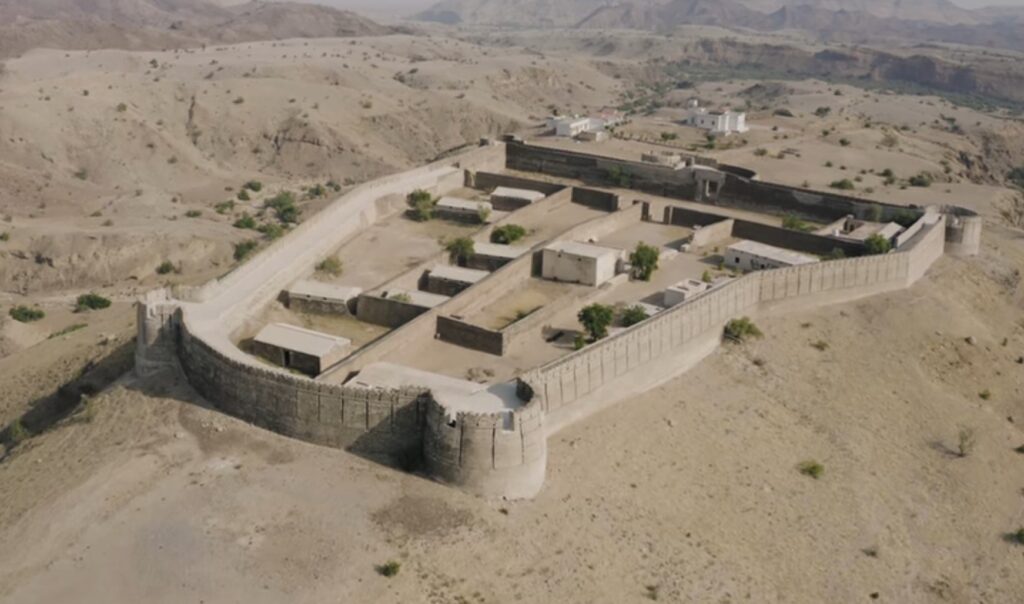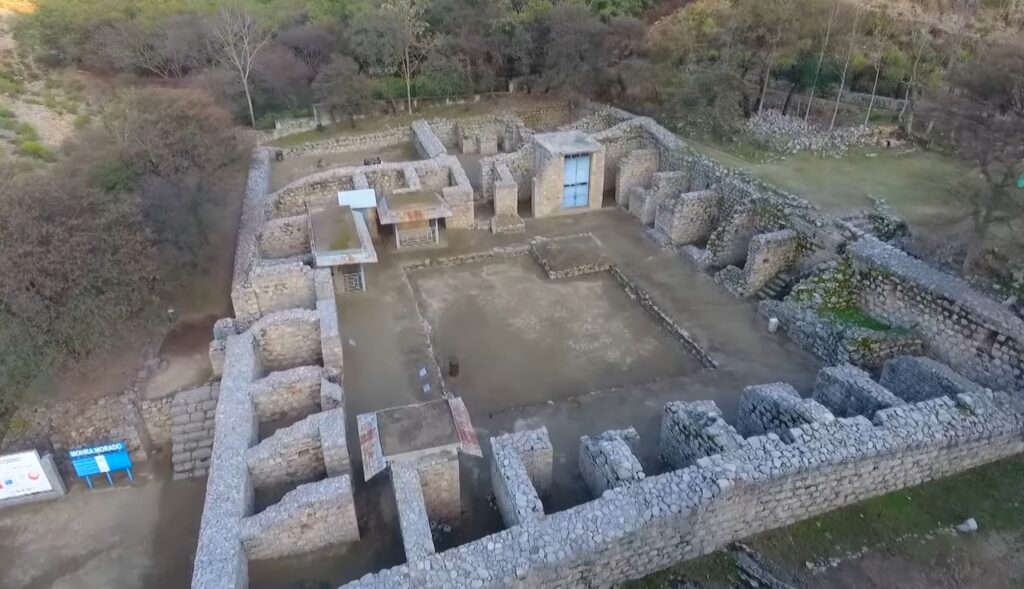The Achaemenid Empire was one of the most powerful empires of the ancient world. It was founded by Cyrus the Great in the mid-sixth century BCE and lasted until its defeat by Alexander the Great in 330 BCE. The empire spanned three continents, including modern-day Iran, Iraq, Turkey, Egypt, and parts of Central Asia.
Achaemenid Empire Art & Characteristics
The Achaemenid Empire was known for its highly centralized government, with the king holding absolute power. The empire was divided into satrapies, each ruled by a governor appointed by the king. The satraps were responsible for collecting taxes, maintaining law and order, and providing soldiers for the empire’s army.
The Dynasty was also known for its art, which was characterized by its intricate designs and use of vivid colors. Achaemenid art was influenced by the various cultures and traditions that were present in the empire, including Persian, Babylonian, and Egyptian art.
One of the most famous examples of Achaemenid art is the Cyrus Cylinder, which was created during the reign of Cyrus the Great. The cylinder is made of baked clay and is covered in cuneiform script, detailing Cyrus’ conquest of Babylon and his policy of religious tolerance.
Achaemenid Empire Architecture
One of the most notable achievements of the Achaemenid rule was its system of communication and transportation. The empire built an extensive network of roads and highways, which allowed for the efficient movement of goods, troops, and information across the vast empire.
Another notable achievement of the Achaemenid was its architecture. The empire was known for its grand palaces, fortifications, and temples. The most famous example of Achaemenid architecture is the Palace of Persepolis, which was built by Darius the Great in the late sixth century BCE. The palace was a symbol of the empire’s power and wealth and was decorated with intricate carvings and sculptures.
Achaemenid Empire Legacy
The Achaemenid Empire was also known for its religious tolerance. The empire allowed the people of its various territories to practice their own religions and traditions. This policy helped to create a sense of unity and stability within the empire.
However, the Achaemenid Empire faced many challenges throughout its history. It was constantly threatened by outside invaders, including the Greeks, who eventually defeated the empire under the leadership of Alexander the Great. The empire was also plagued by internal conflicts, including revolts by various satraps and battles for the throne.
Despite these challenges, the Achaemenid Empire left a lasting legacy on the world. Its achievements in architecture, transportation, and governance continue to inspire scholars and historians to this day. The empire’s legacy also lives on in the modern-day nation of Iran, which traces its cultural and historical roots back to the Achaemenid Empire.
Acheamenid Empire Significance
The Achaemenid Empire also had a significant impact on the development of the Persian language. Under the empire, Old Persian was standardized and used as the official language of the court and administration. The language was written in cuneiform script, which was later replaced by the more familiar Persian script.
The legacy of the Achaemenid Empire can also be seen in the modern-day politics of the Middle East. The empire’s influence on the region can be seen in the various conflicts and alliances that exist today. For example, Iran, which was once the heart of the Achaemenid Empire, continues to play a significant role in the politics of the Middle East.
The Achaemenid Empire was a significant force in the ancient world, leaving a lasting legacy on the culture, art, language, and politics of the Middle East. Despite its eventual defeat, the empire’s achievements continue to inspire scholars and historians to this day. The Achaemenid Empire serves as a testament to the power of human ingenuity, and its legacy will continue to be felt for generations to come.
In conclusion, the Achaemenid Empire was one of the most significant empires of the ancient world. Its achievements in governance, architecture, and transportation helped to shape the course of history and continue to inspire scholars and historians to this day. The empire’s legacy is a testament to the power of human ingenuity and the enduring nature of cultural and historical achievements.





